Japanese Aizome dying, from taboo to treasure the indigo revolution in art & culture
While looking for a blue colour to dye, I came across a beautiful plant, Persicaria Tinctoria is a species of flowering plant in the buckwheat family. Common names include Chinese indigo, Japanese indigo and dyer's knotweed. It is native to Eastern Europe and Asia.
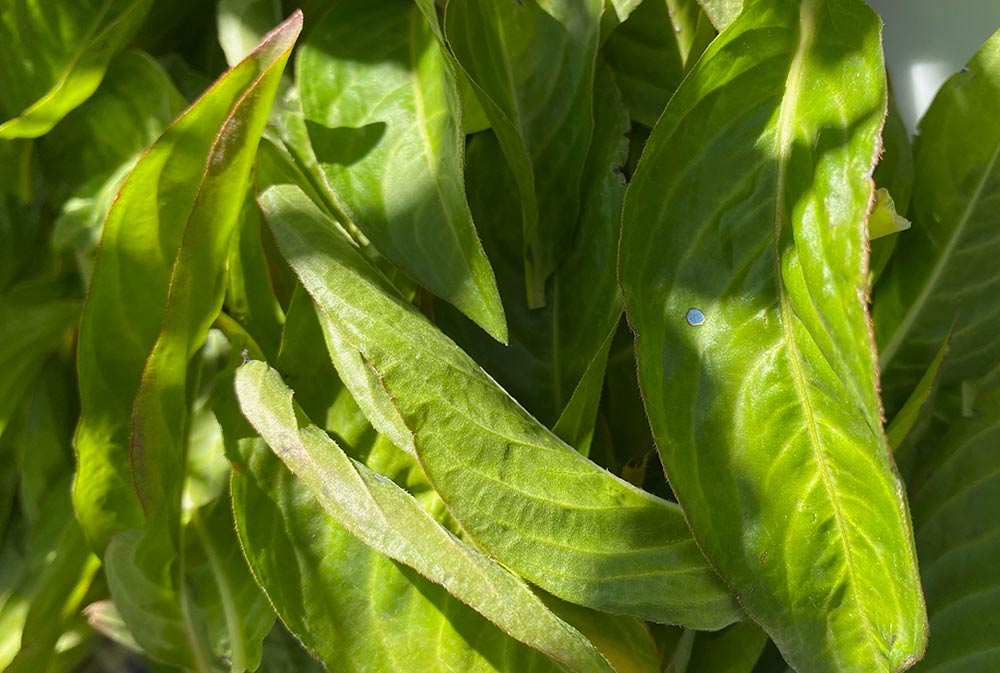
In general, the blue colour of ancient times was special, but the attitude towards it in different periods was sometimes different. Egyptian blue was invented back in the 3rd millennium BC; it was made from sand and copper, ground into powder. In ancient Rome, the colour blue was openly disliked; it was associated with black, that is, with mourning, death, and sometimes ugliness. For this reason, wearing blue was something egregious. Blue eyes were an object of disrespect, a physical handicap.
Evidence of depravity in women and effeminacy in men. In the theatre, blue eyes were often used to create comic characters. In the early Middle Ages, blue colour categorically could not be included in the system of liturgical colours. The system developed much earlier than the perception of blue as a separate colour, and the stereotypes that had taken root by that time made the rehabilitation of blue impossible. The Church did not devote the slightest, even the tiniest place to this colour. The Catholic liturgy has always been built on the notorious three colours (guess which ones), however, on weekdays they were allowed to be diluted with green. It turns out that even green had more rights. Despite the fact that in nature both colours prevail and are often combined together.
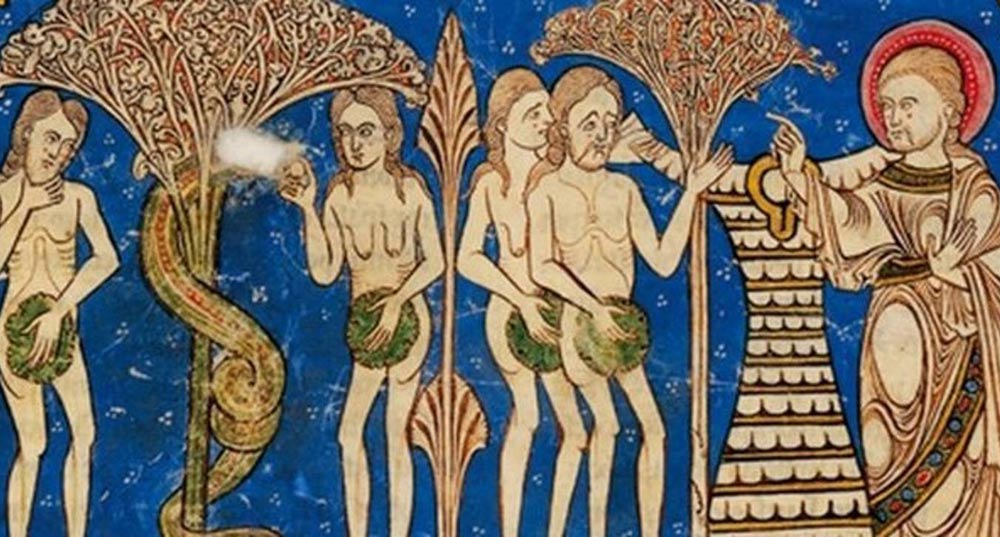
At the beginning of the second millennium, and especially since the 12th century, blue in Western European culture ceases to be a minor and rarely used colour, as it was in Ancient Rome and in the early Middle Ages. The attitude towards it changes to the exact opposite: blue becomes a fashionable, aristocratic colour and even, according to some authors, the most beautiful of colours. Over several decades, its economic value has increased many times, it is increasingly used in clothing, and it occupies an increasingly important place in artistic creativity. Such an unexpected and striking change indicates that the hierarchy of colours that occupied a place in the systems of human perception for so many years was completely reorganised.
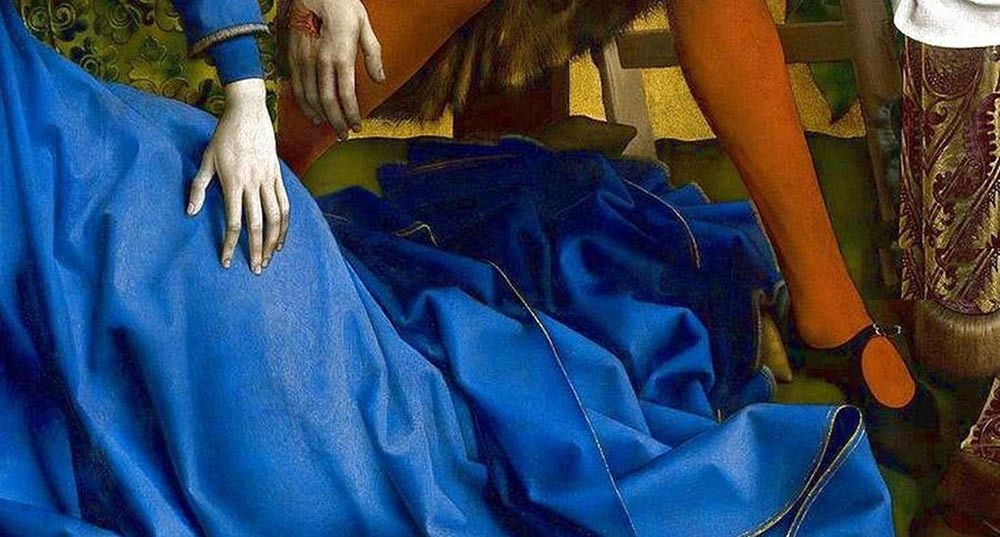
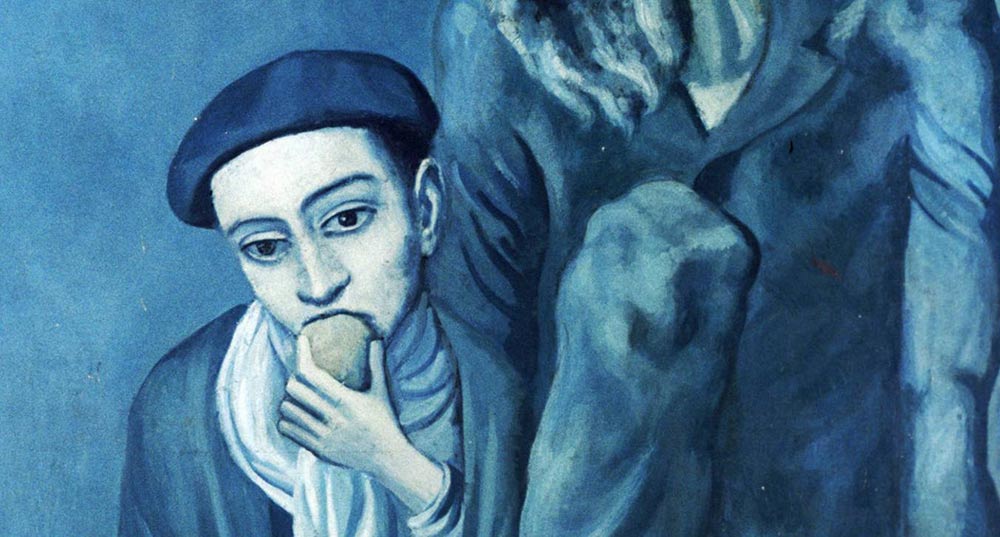
Indigo’s deep blue has been treasured by Japanese people since ancient times, forming a vital strand of their sartorial and visual culture. Known in Japan as ‘aizome’, indigo dye is so integrated into Japanese society that this deepest, entrancing shade is often referred to as “Japan blue.” Initially only reserved for the wealthiest members of Japanese society, the colour reached its zenith in the 17th century, colouring the clothing and interiors of almost every interior across the nation.
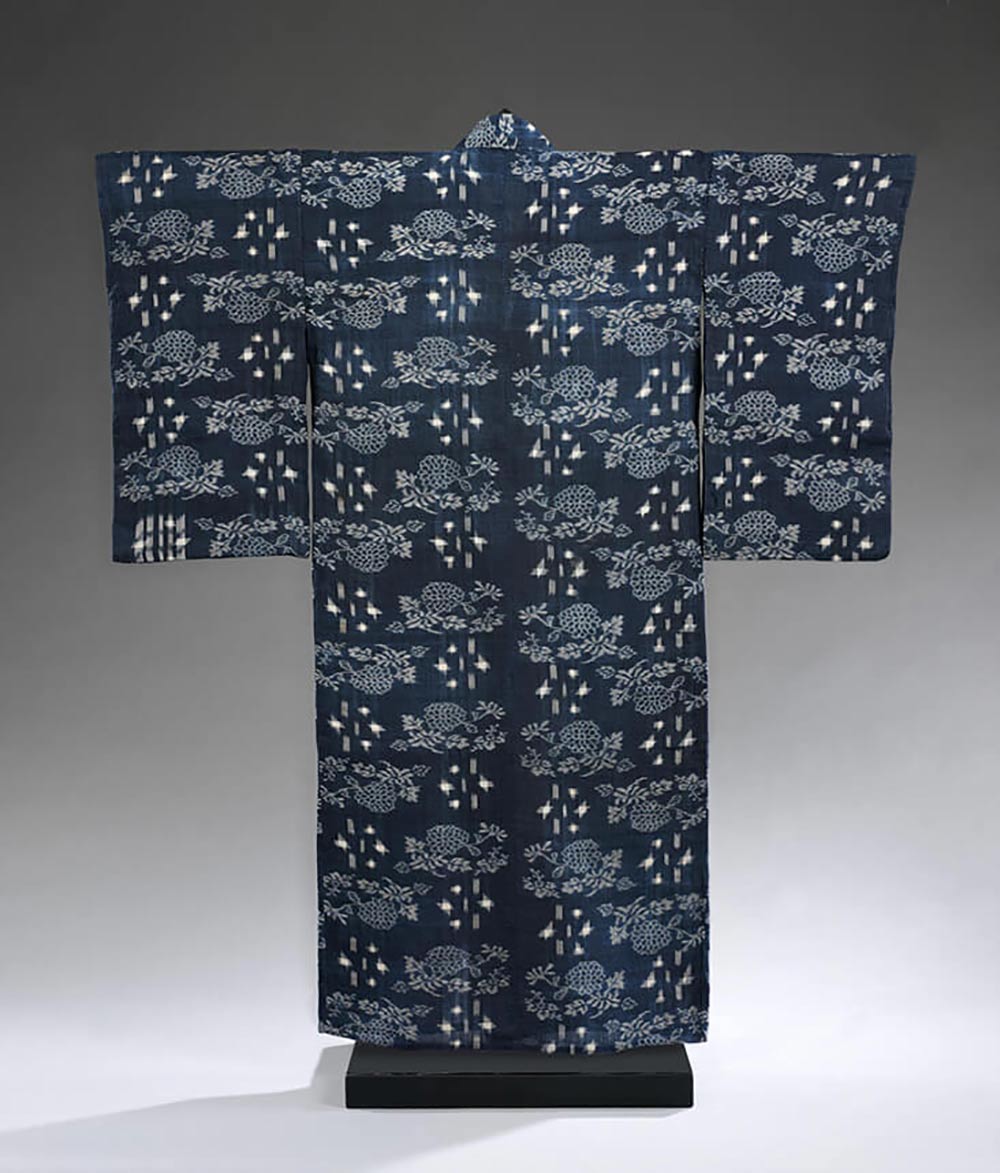
The timing is not clear, but it is believed indigo was introduced to Japan either through the silk trade of India, or through the ancient cultures of China. Evidence does suggest, however, that indigo production had begun in Japan as early as the 6th and 7th centuries. Because it was so difficult to produce, indigo was reserved for the wealthiest and most important members of society, particularly aristocrats and royalty. Early on it was discovered that Japanese indigo dyed fabric has many medicinal properties; its insect repelling and anti-bacterial qualities in particular made it a popular choice for Samurai soldiers charging out into bloody battles.
Inaugurating my foray into indigo cultivation within the confines of our garden proved to be a captivating endeavour. From the outset, I recognised the impossibility of amassing a substantial crop for immediate dyeing purposes. The primary objective, however, centred around securing a bountiful harvest of seeds for subsequent seasons.
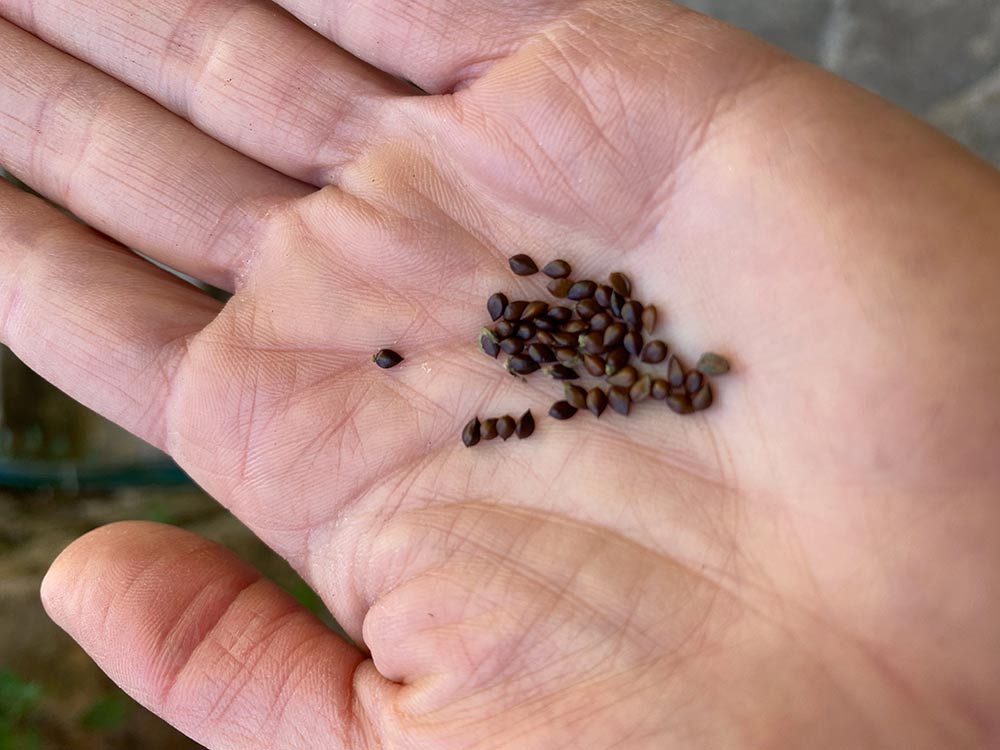
Nevertheless, we found ourselves with an ample supply of fresh leaves, a delight for experimentation in the realm of natural dyes. My fascination with this botanical gem extends beyond my affection for the entire spectrum of azure hues. What sets indigo apart is its remarkable capability to imbue textiles with colour without necessitating the conventional pre-treatment of fabrics through the use of mordants.
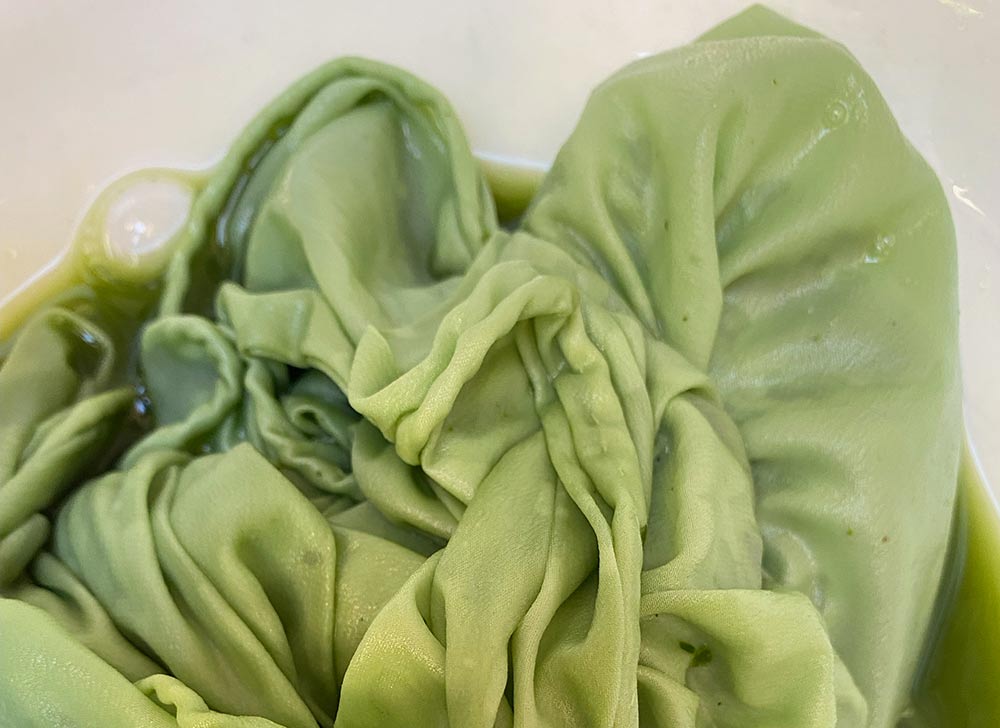
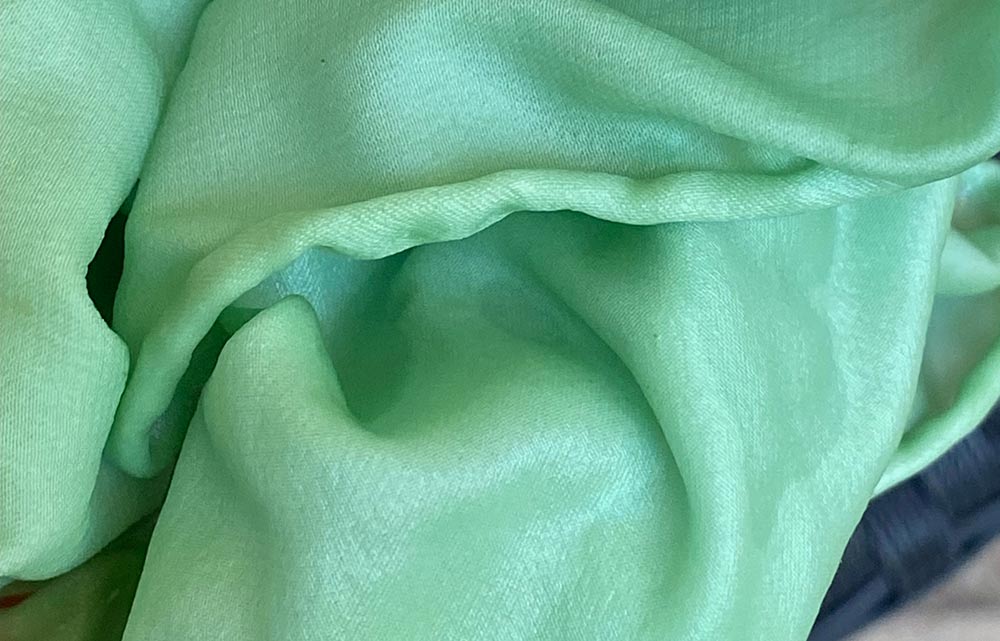
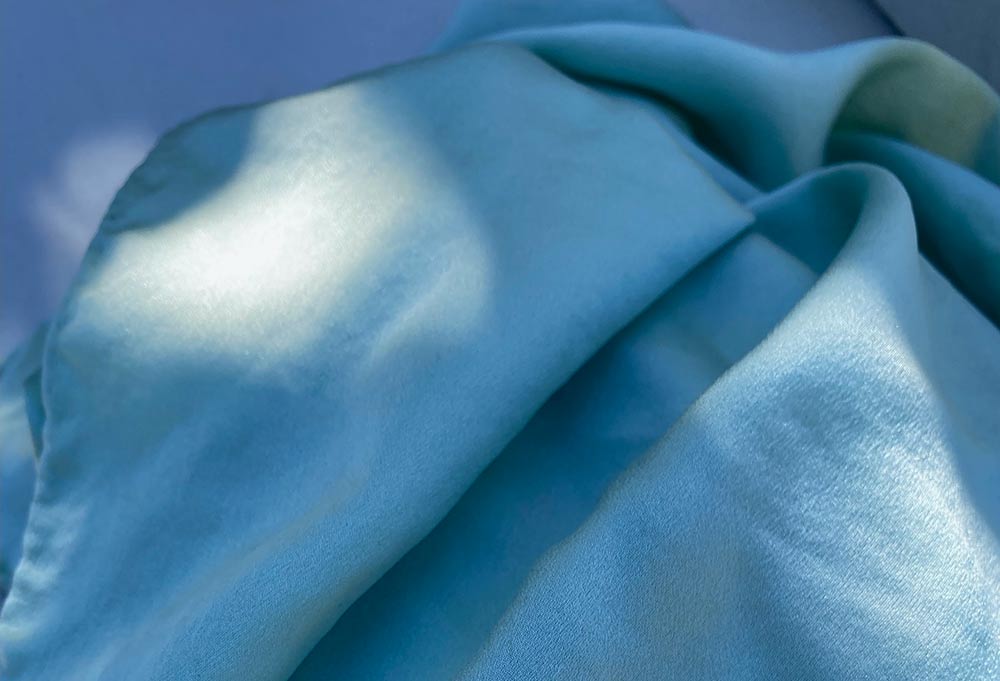
I hope you found this piece informative, now that you are here please lets stay connected.